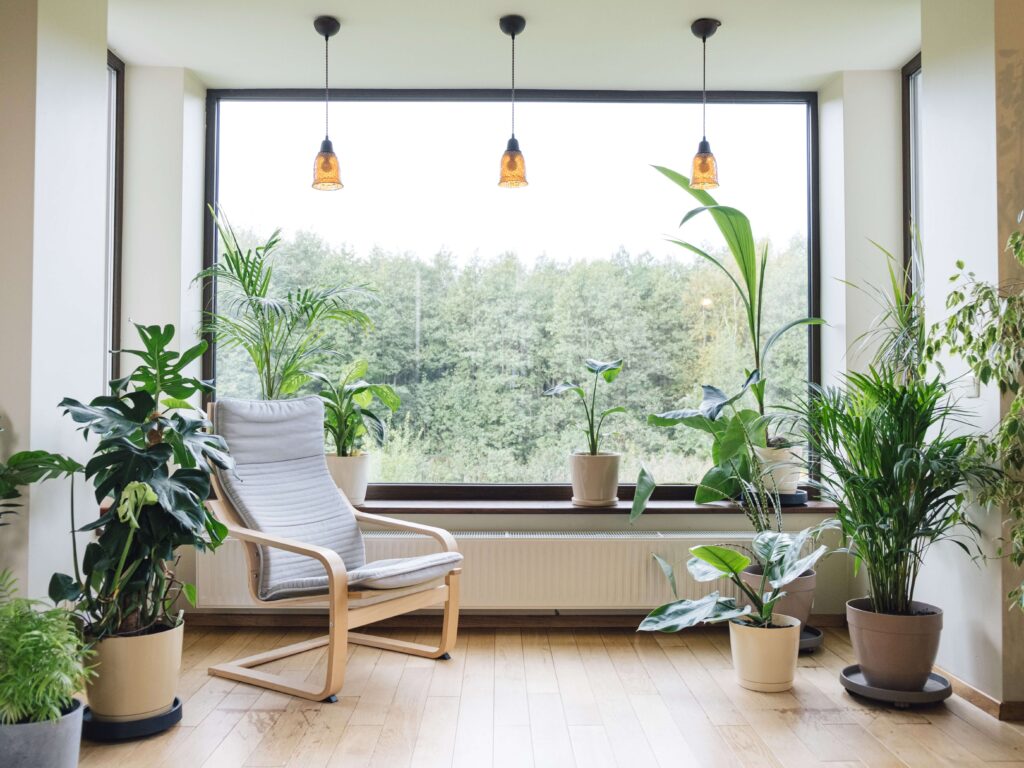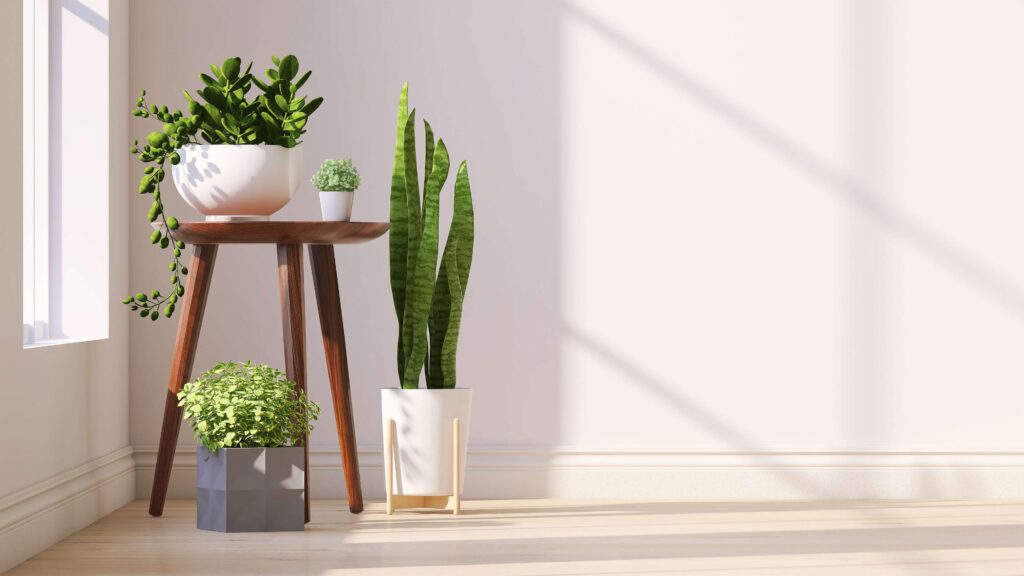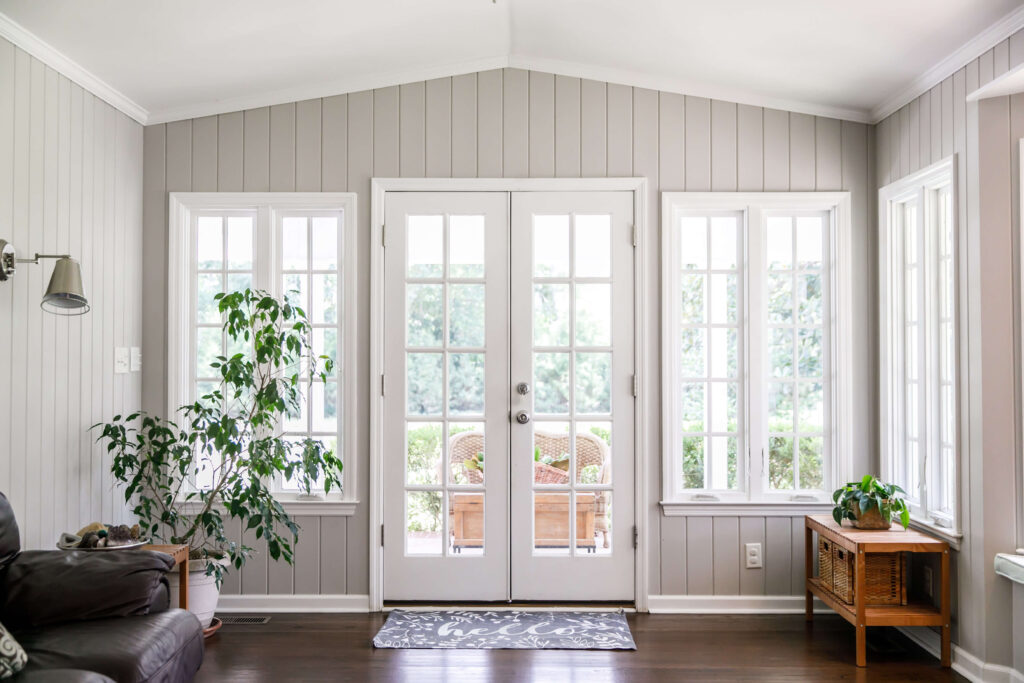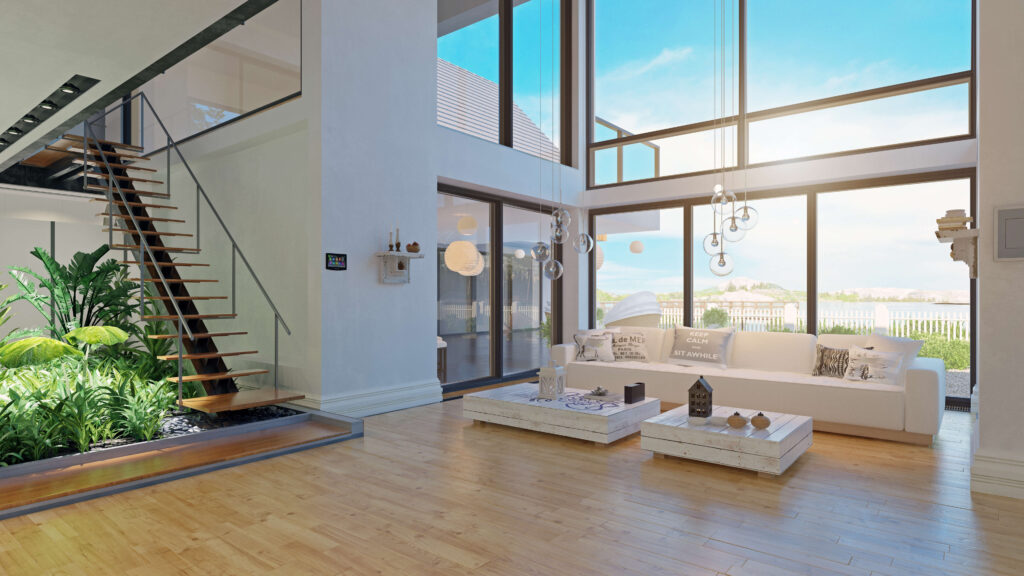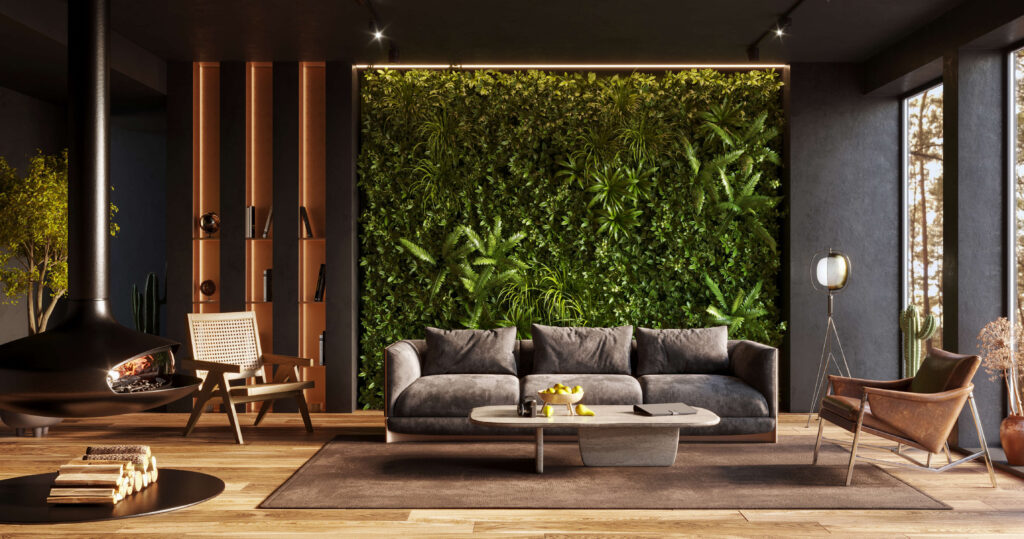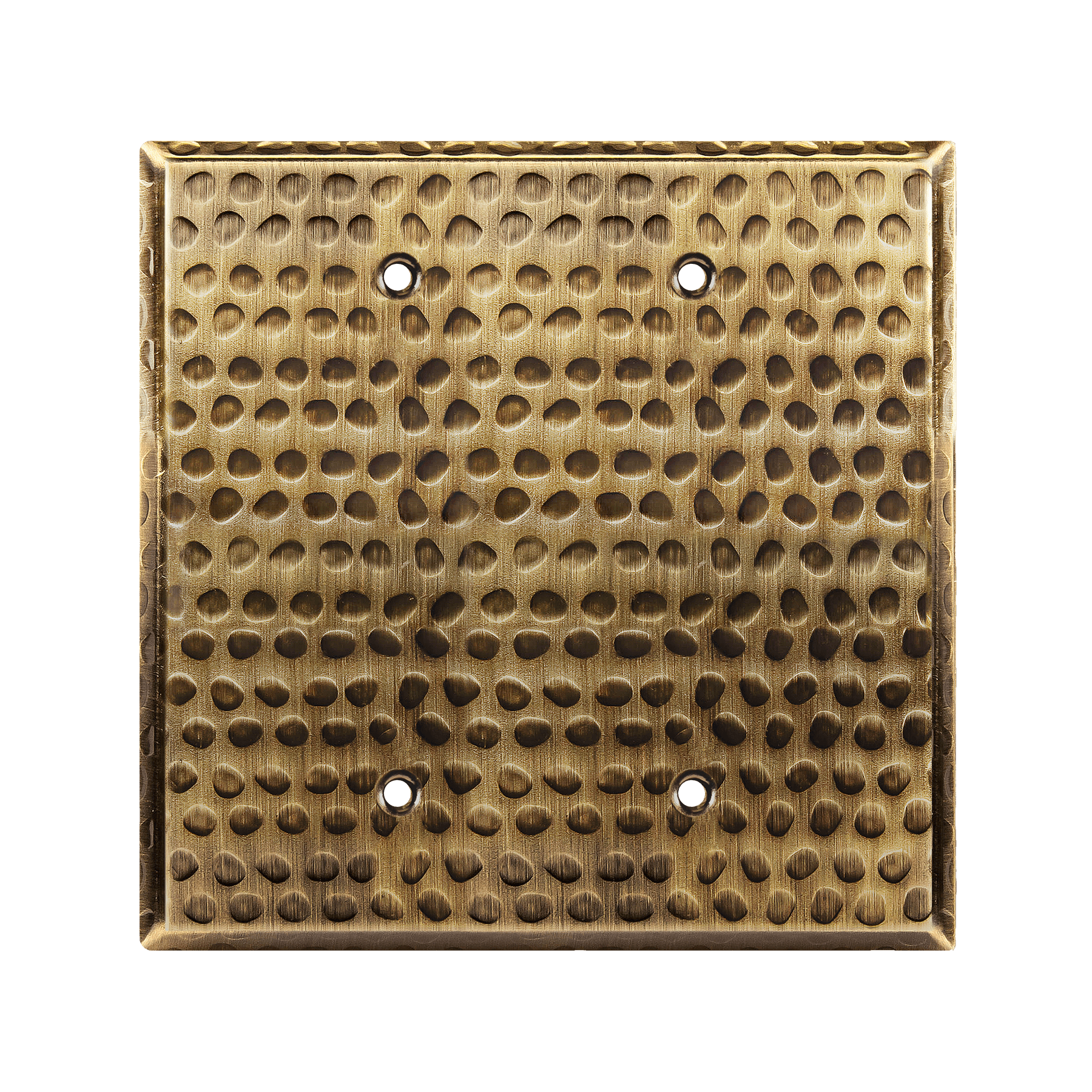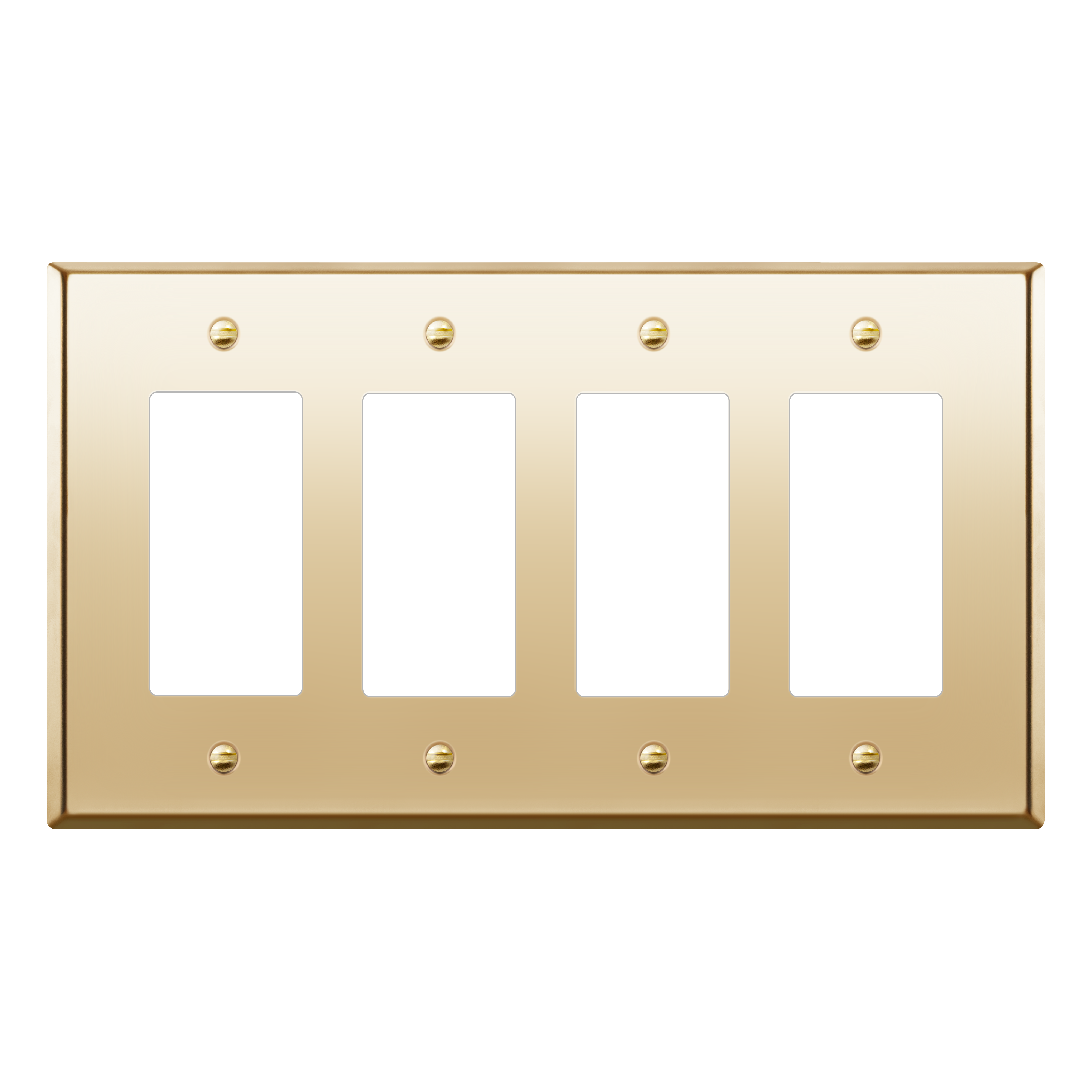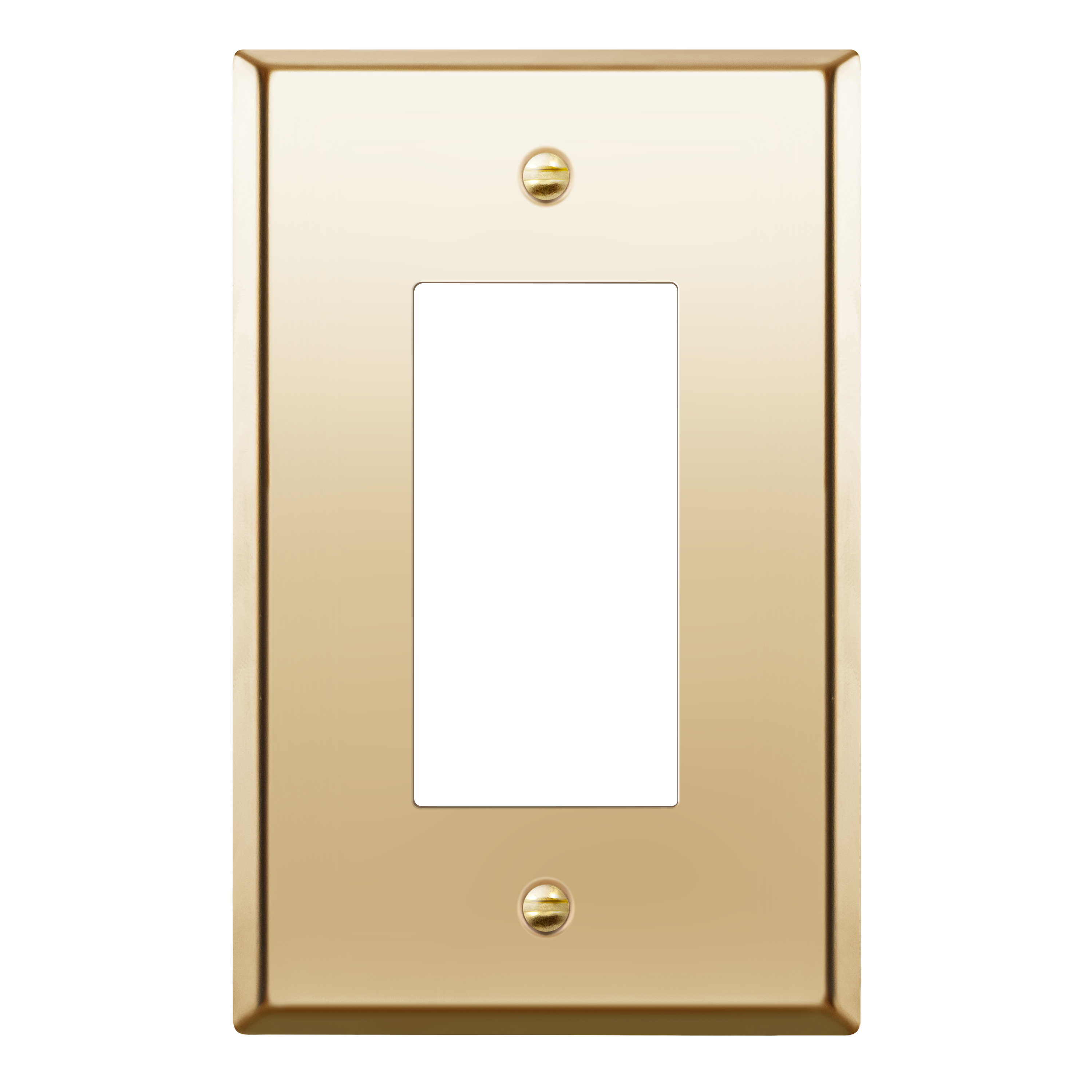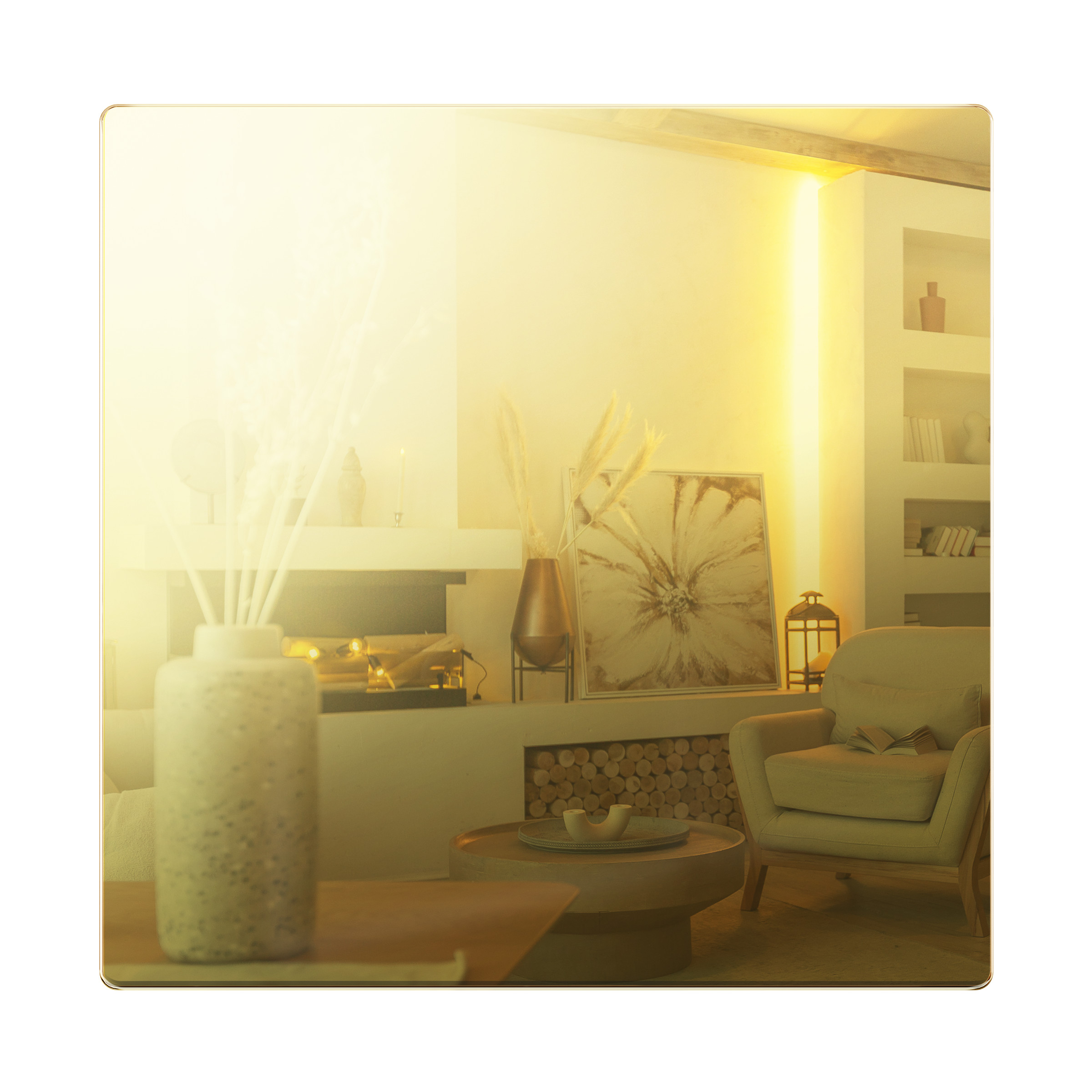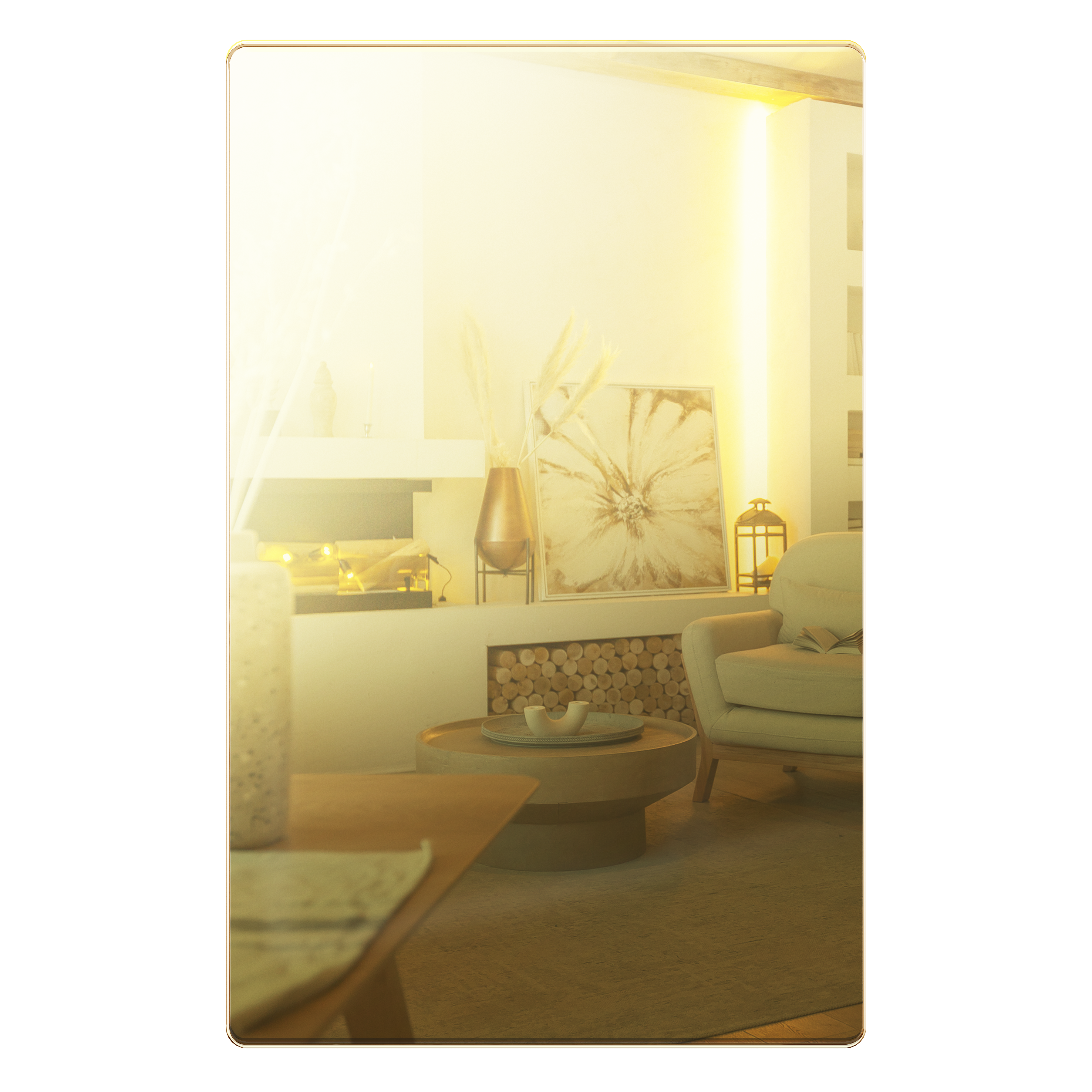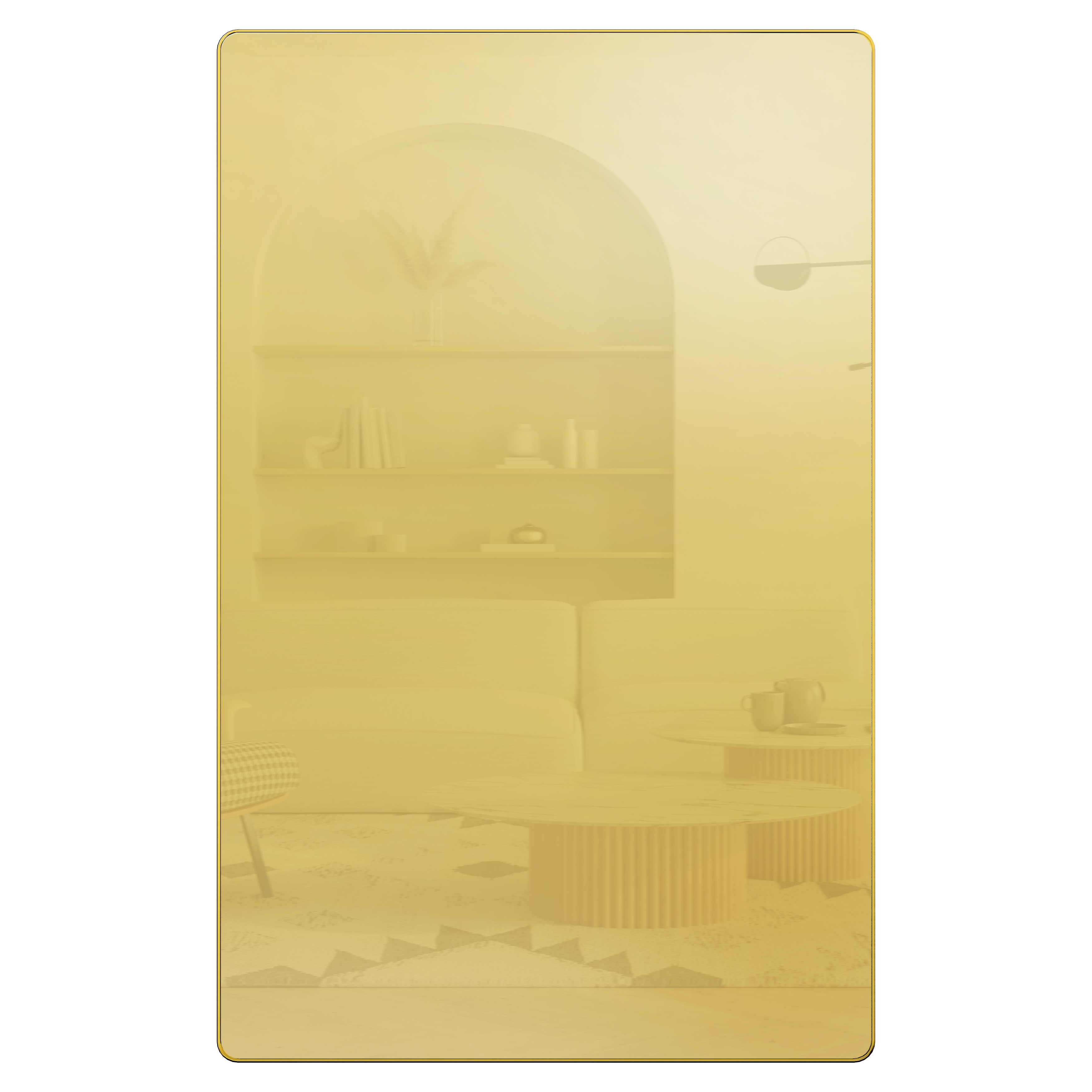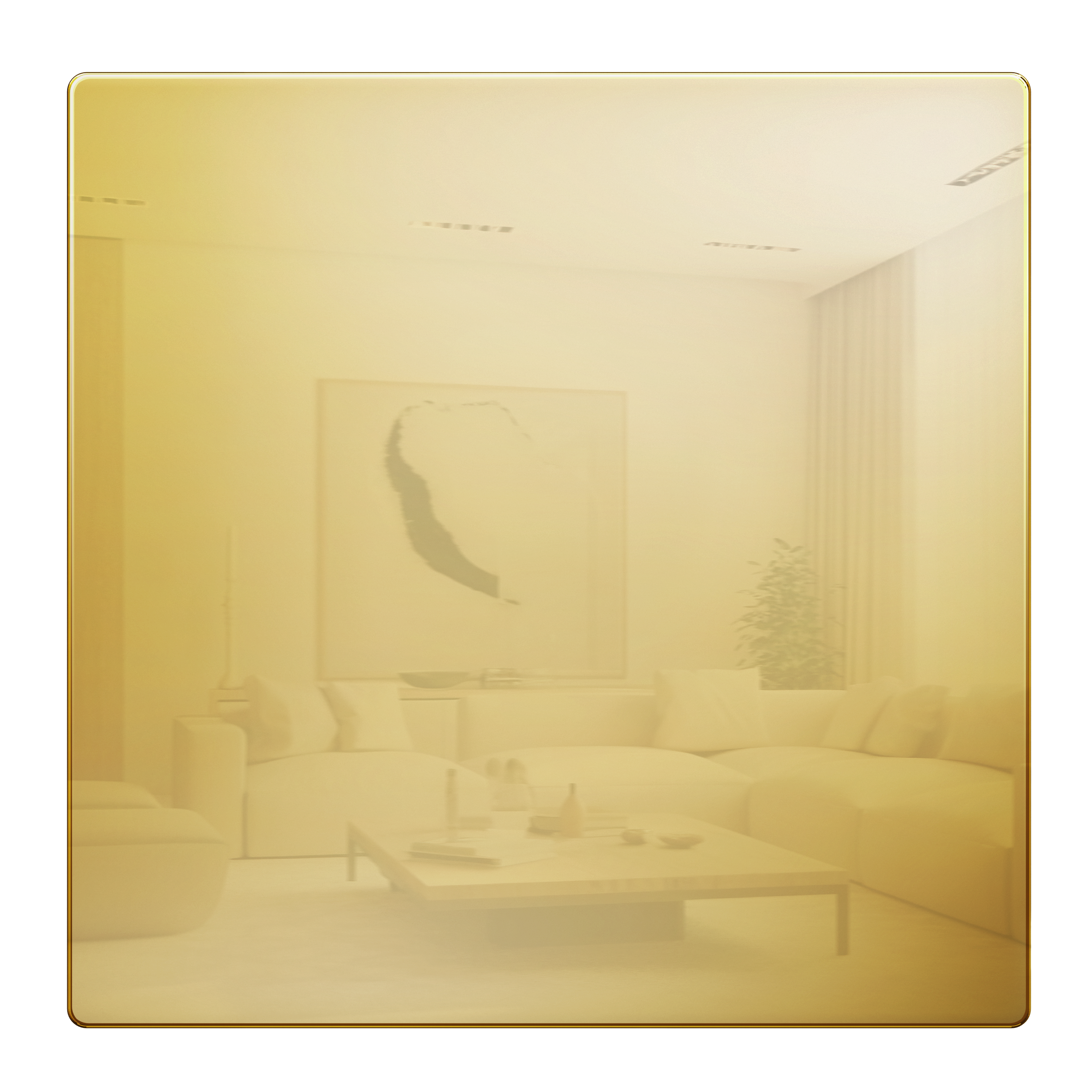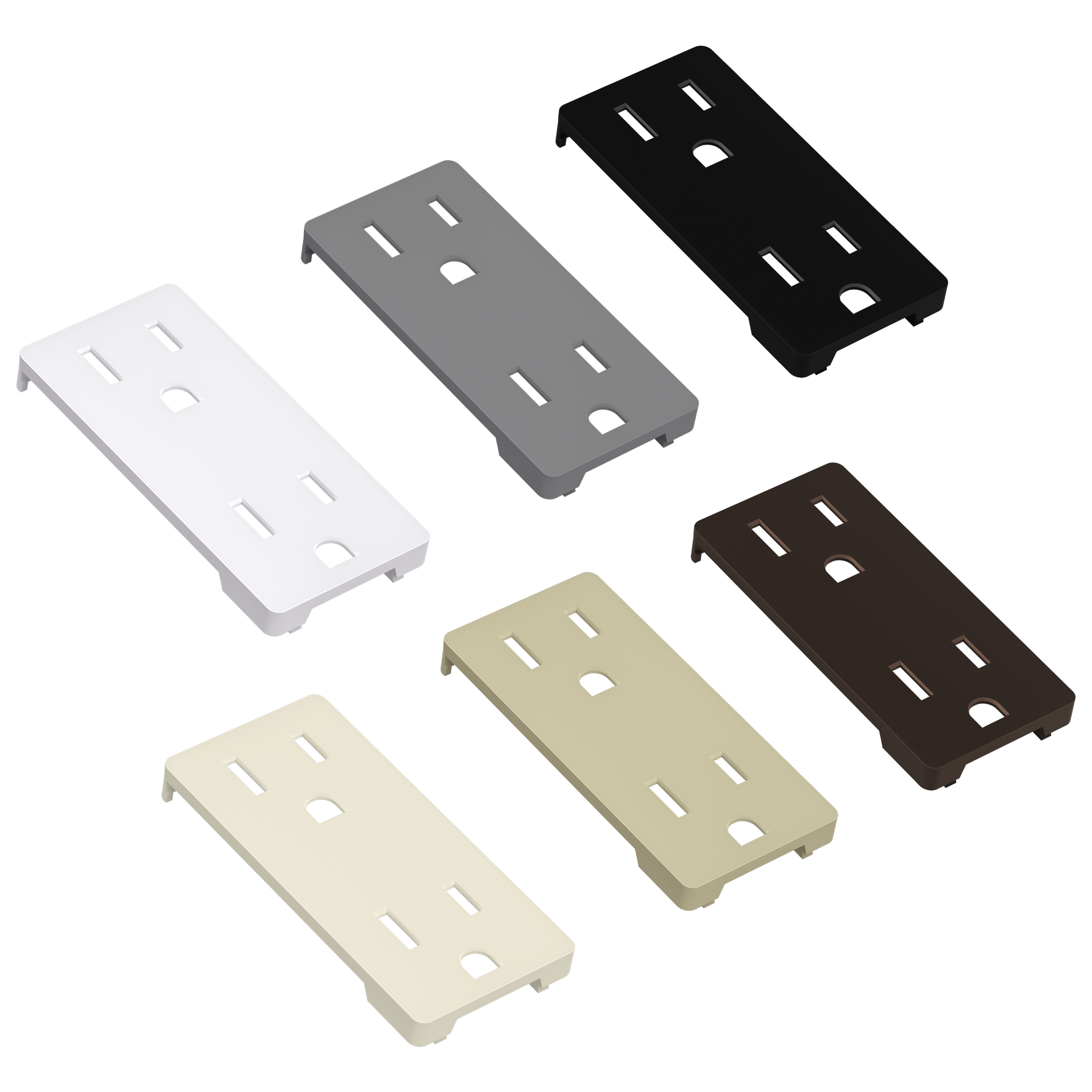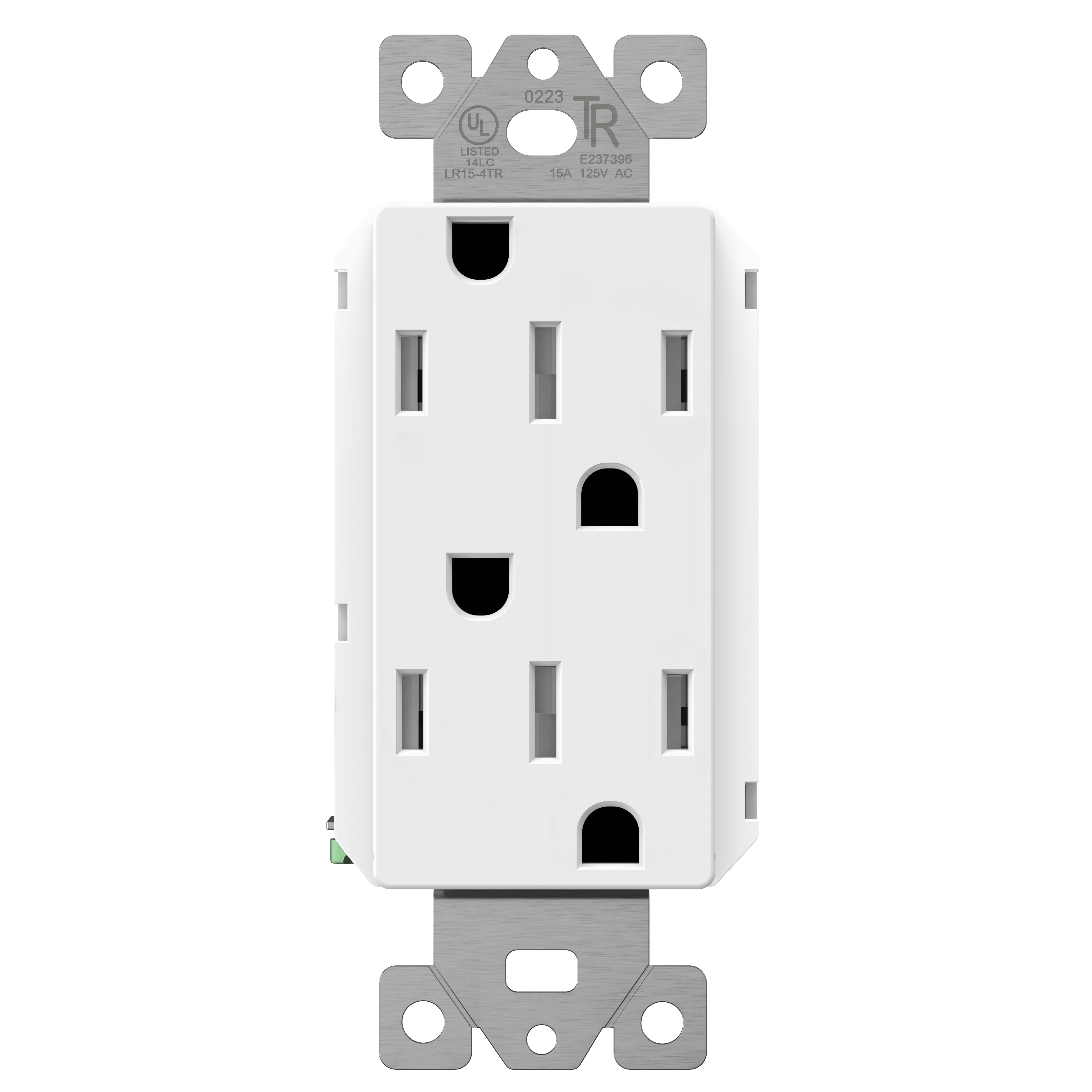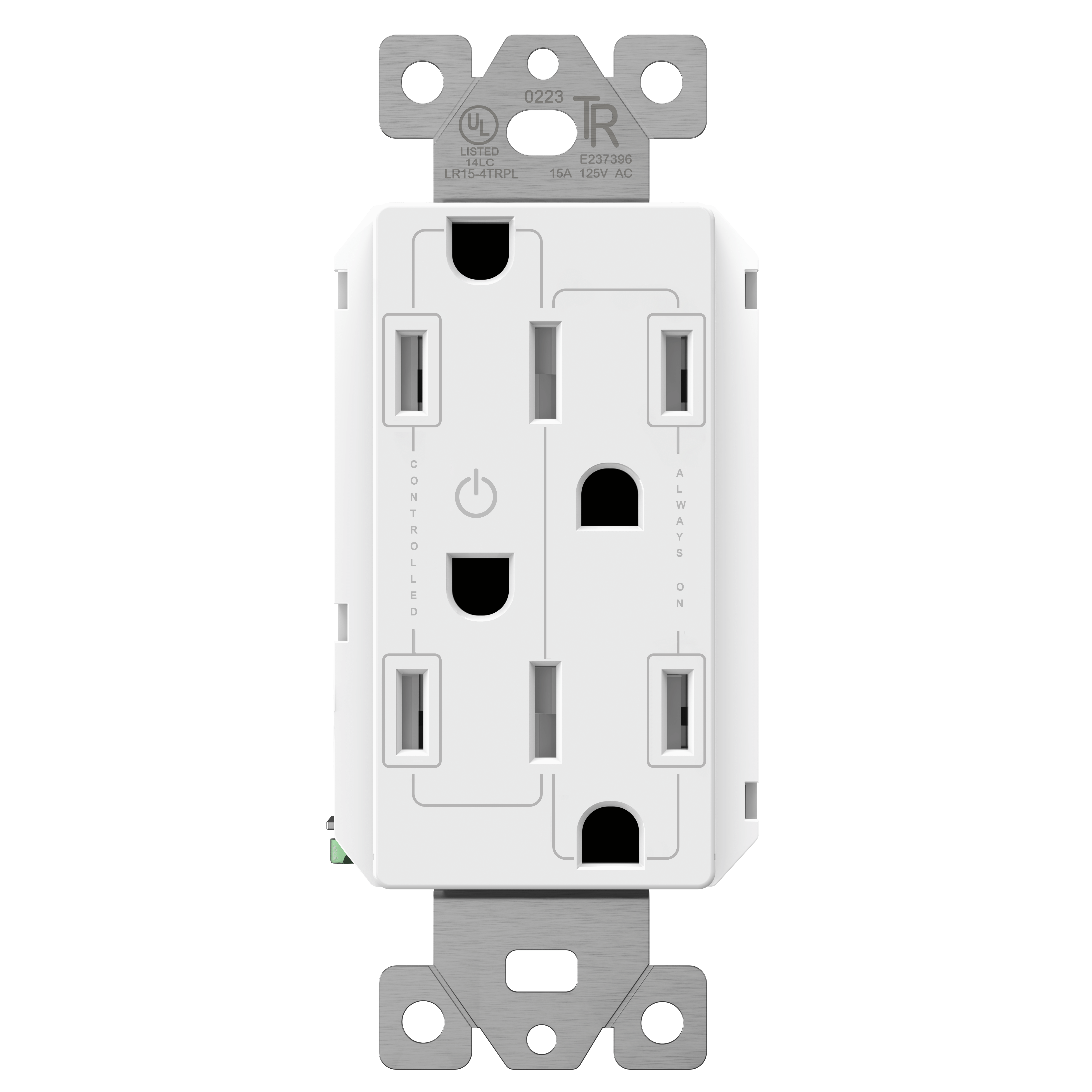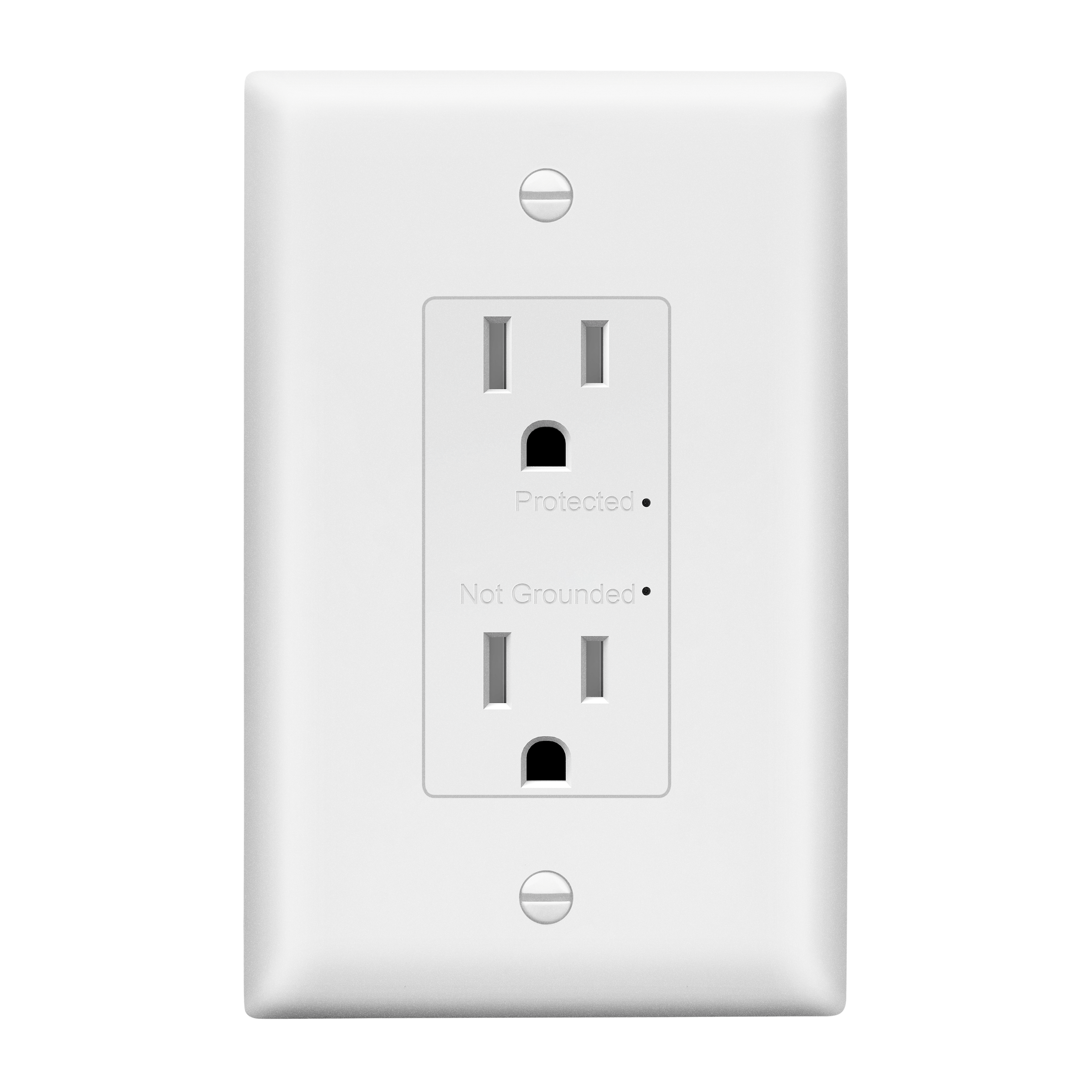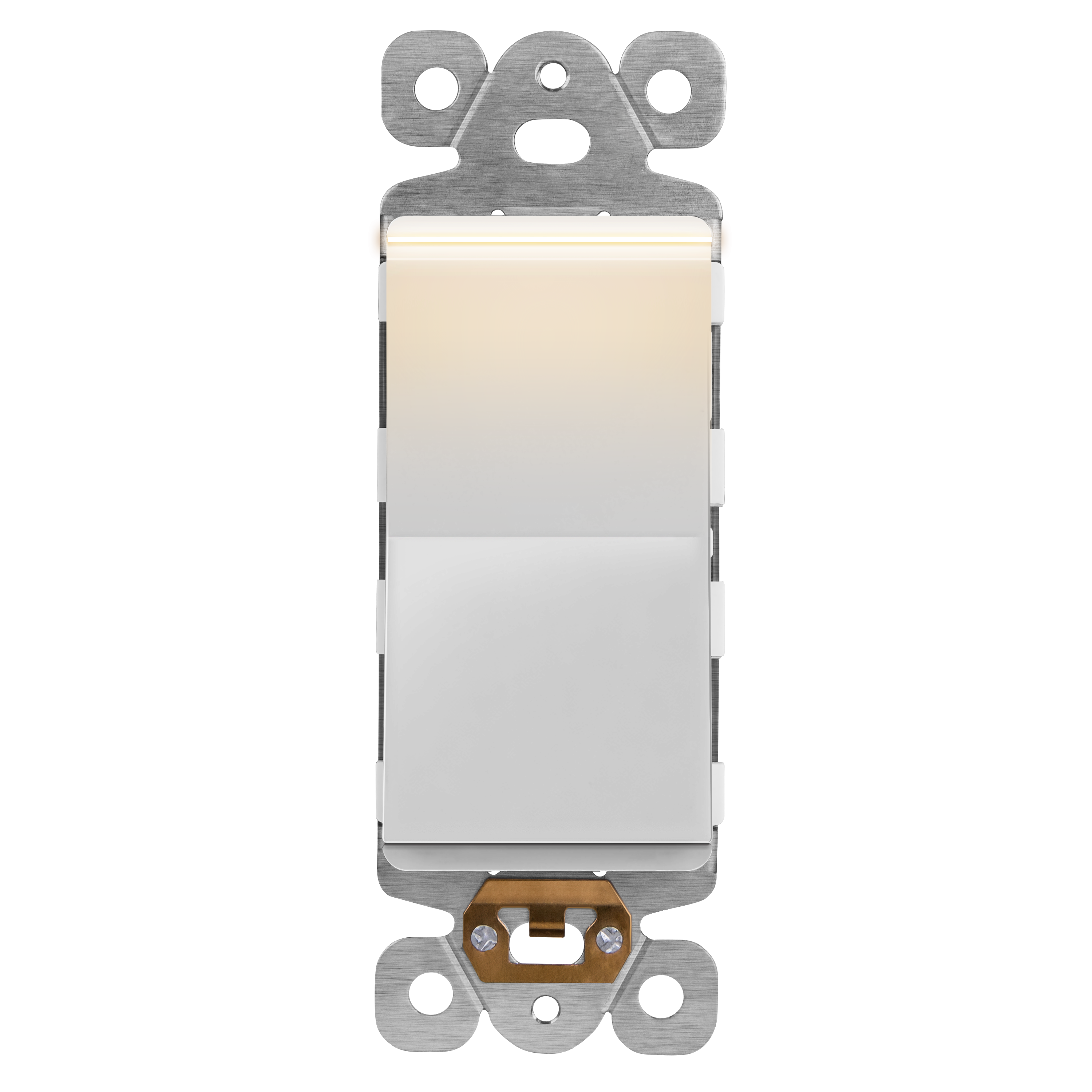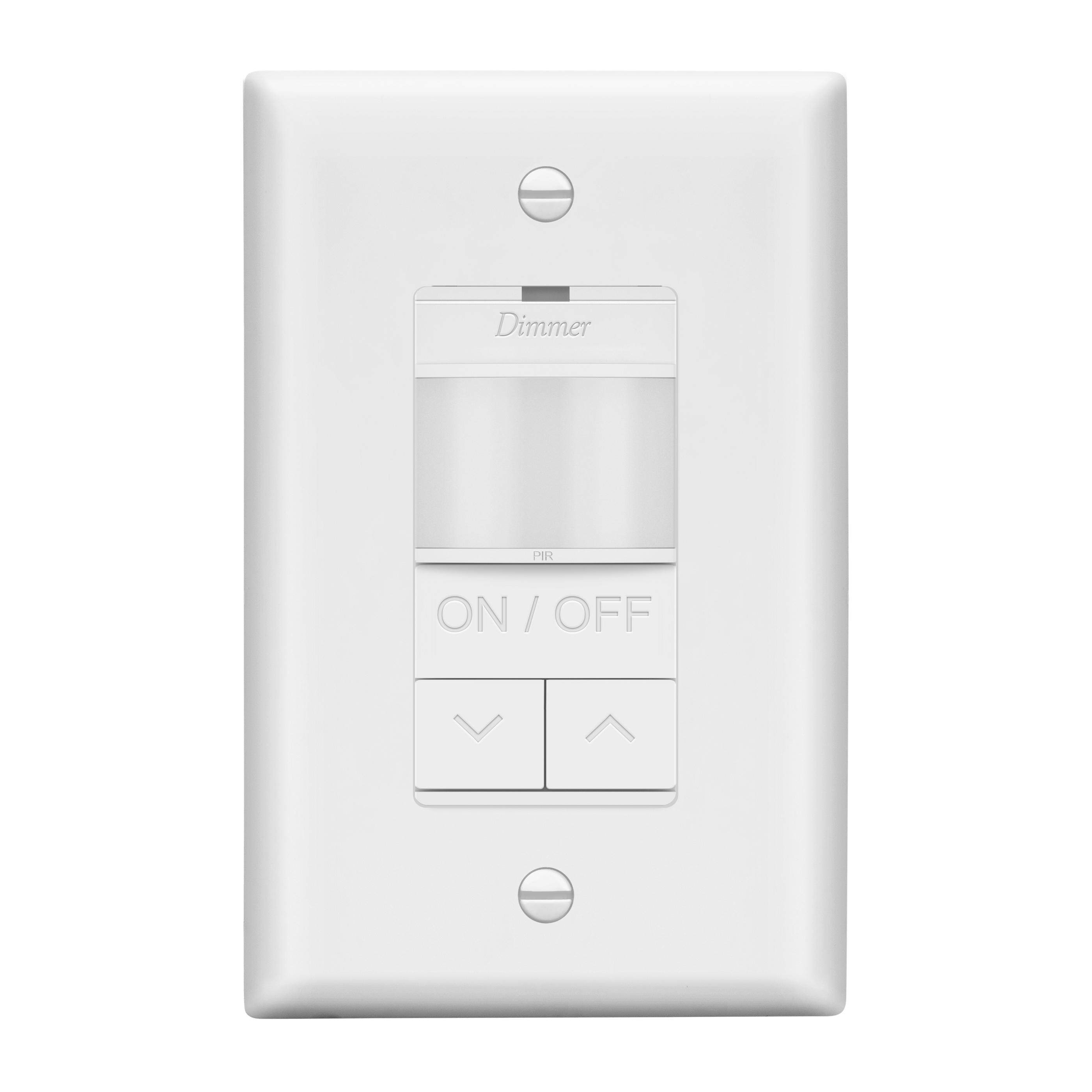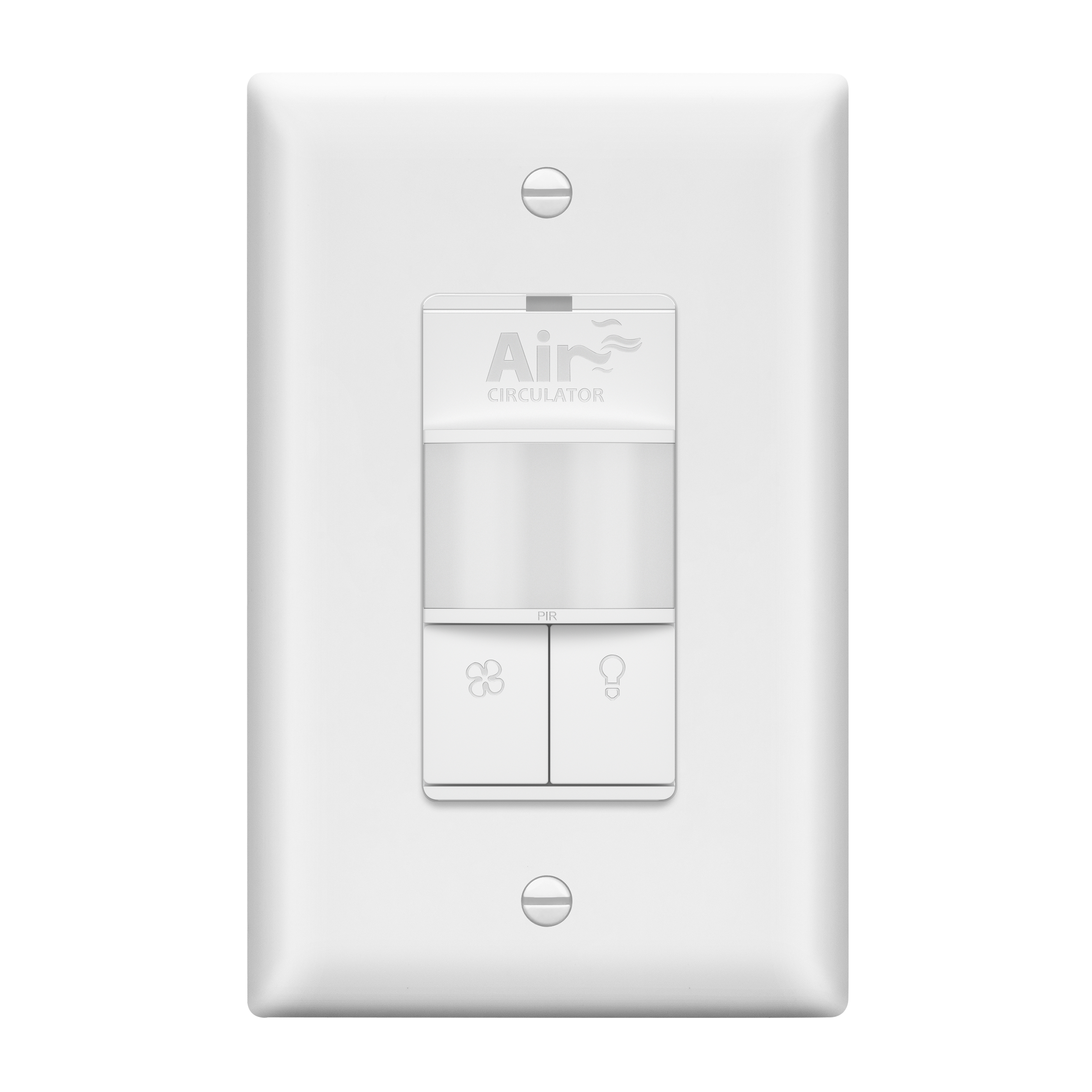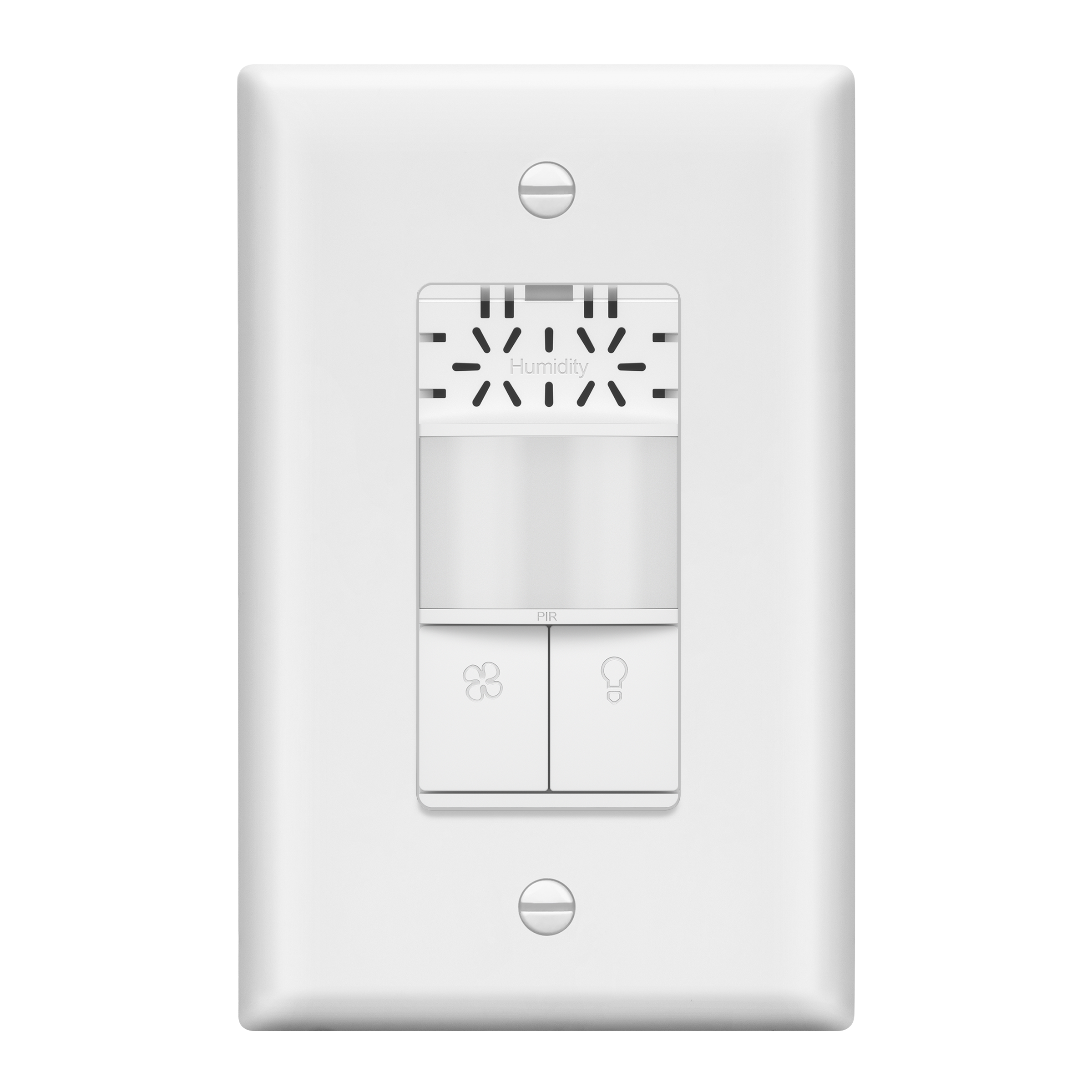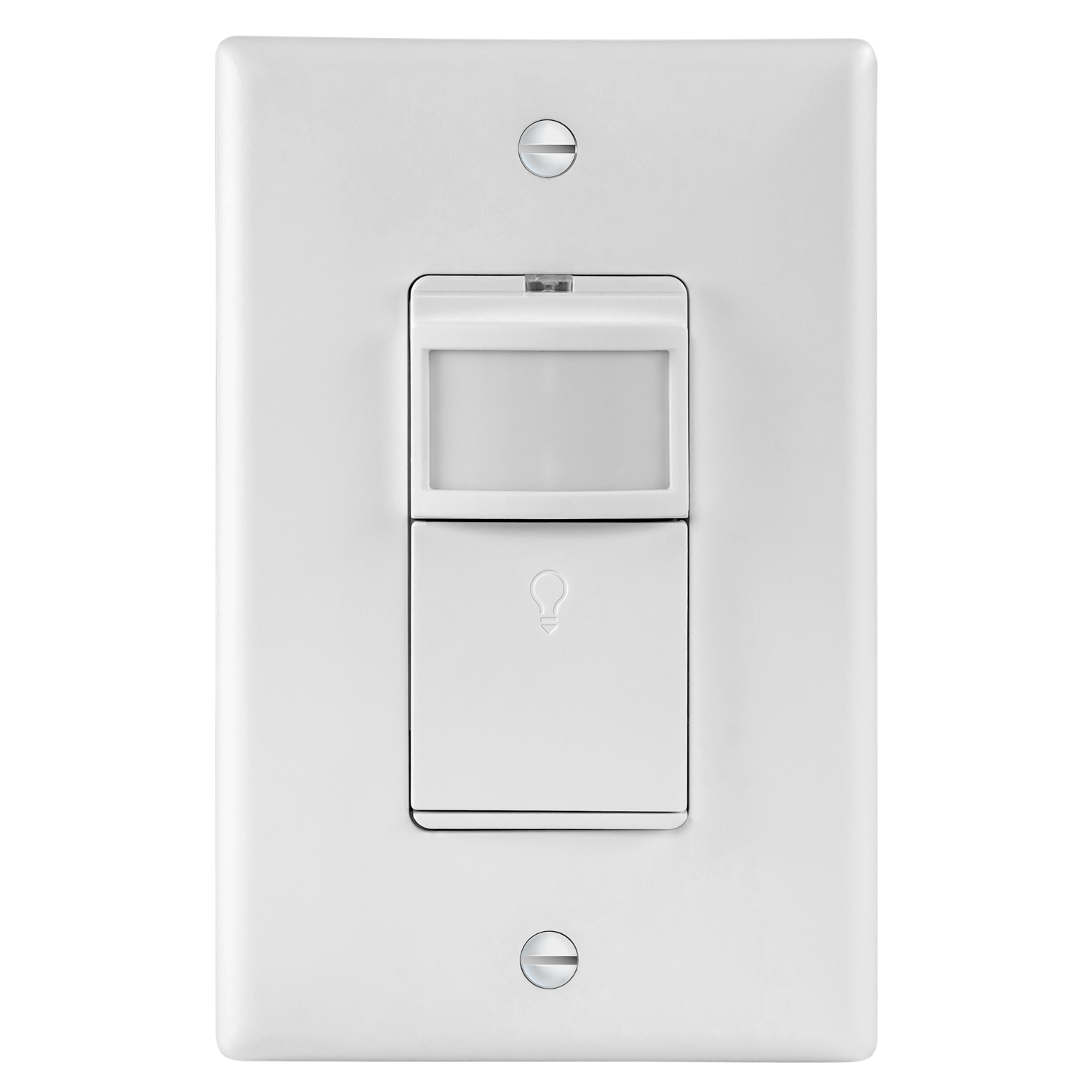Bringing nature into your interior design can create a refreshing and calming atmosphere. It is known to boost wellness and establish a stronger connection to the outside world. Sometimes, a home without natural elements can feel stuffy or restrictive. Incorporating nature into your home design can open up space and create a sense of serenity.
Here are some ideas on how to incorporate the gorgeous parts of nature into your home:
1. Use Natural Materials
Incorporate natural materials such as wood, stone, bamboo, or rattan in your furniture, flooring, and decor. Opt for reclaimed or sustainable materials whenever possible.
Unstained or unpainted wood provides a great rustic and natural feel for the space. In this particular design, there is a balanced mix of natural fibers as well as some house plants to add greenery.
2. Introduce Houseplants
Add houseplants to your space to bring in a touch of greenery. Choose plants that thrive indoors and fit the lighting conditions of your home. Consider placing them on shelves, windowsills, or using hanging planters.
The pots they are in can also offer a unique design element that reflects your personality. Taking care of your plants can improve your design as well as further connect you to nature.
3. Maximize Natural Light
Maximize natural light by keeping windows unobstructed and using light-colored curtains or blinds. Natural light not only enhances the connection to the outdoors but also improves the overall ambiance of the space. It is an underrated design element that can change a space entirely when taken advantage of.
Arrange your furniture to take advantage of windows with scenic views. If possible, create a cozy seating area near a window to enjoy the beauty of the outdoors.
4. Create a Nature-Inspired Color Palette
Choose a color palette that reflects the natural world. Earth tones, such as greens, browns, blues, and neutrals, can help create a soothing and organic feel. Consider using paint, wallpaper, or textiles in these colors.
When creating the color palette, it is important to have a seamless design. Although the goal is to emphasize nature, you still have outlets and switches that are important to the functionality of your home. Shop Lider’s expanding catalog for ways you can create a cohesive color palette.
5. Include Organic Textures
Incorporate organic textures through textiles, such as linen, cotton, jute, or wool. These natural fibers add depth and visual interest to your space while evoking a sense of the natural world.
6. Display Natural Art and Decor
Display artwork or photographs that feature nature scenes or botanical prints. Use decorative elements like seashells, driftwood, or stones as accents or centerpieces. Biophilic design emphasizes the connection between humans and nature.
Incorporate elements like living walls, indoor gardens, or moss walls to create a green focal point in your interior. Having plants inside can help improve air quality as well as be an attractive design.
7. Have Indoor Water Features
Install a small indoor water feature, such as a tabletop fountain or a wall-mounted waterfall, to introduce the soothing sound of running water into your space. Having a fish tank in your home can bring both the water element and life into your space. Indoor ponds and zen gardens with running water can be a great addition. It will add a feeling of serenity to your space.
Remember to strike a balance between incorporating nature and maintaining functionality and comfort in your space. By integrating these natural elements into your interior design, you can create a harmonious and soothing environment that brings the beauty of the outdoors inside.

